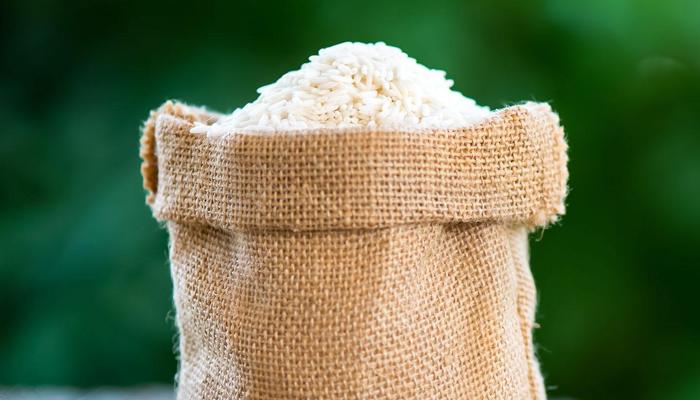Dive into the world of Indian rice - from aromatic Basmati to versatile Sonamasuri. Enhance your culinary skills! Read more
India, the land of spices and vibrant culture, is also a major producer and consumer
of rice. Rice isn't just a staple food here; it’s woven into the very fabric of our daily lives, from simple meals to elaborate festive feasts.
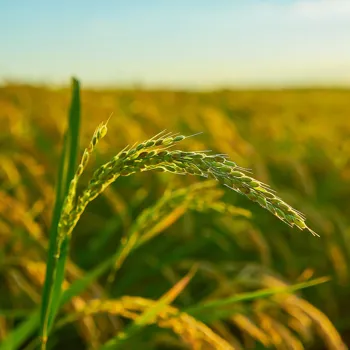
But beyond the generic term "rice," lies a fascinating world of varieties, each with its unique characteristics and best suited for particular culinary uses. Knowing these differences can elevate your cooking and allow you to truly appreciate the versatility of this grain.
From the fragrant Basmati to the humble parboiled, let's take a dekko at the wonderful world of Indian rice.
Basmati rice: prized for aroma, non-sticky, perfect for biryani
When you think of rice, especially for special occasions, Basmati is probably the first type that springs to mind. This long-grained rice hails from the foothills of the Himalayas and is prized for its distinctive aroma and delicate flavor. Think of it as the king of rice!
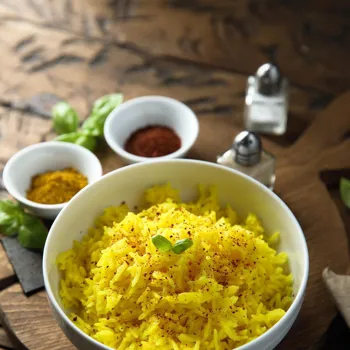
But what sets it apart from other long-grain varieties? Well, Basmati expands significantly in length when cooked but only minimally in breadth. This means you get long, separate, fluffy grains that aren't sticky.
It's this characteristic that makes it ideal for dishes like biryani and pulao, where the grains need to remain distinct. There's also Brown Basmati rice. It has the bran layer intact, which makes it more nutritious and gives it a slightly nutty flavor.
Sella Basmati is a parboiled version that's even less likely to clump together. When buying Basmati, always check for the Geographical Indication (GI) tag. This ensures you're getting authentic Basmati from the designated regions.
Sonamasuri: Everyday rice choice for South Indian households
Now, if Basmati is the king, Sonamasuri could be considered the queen of everyday rice. This medium-grain rice is lighter and less aromatic than Basmati, making it a more affordable and versatile option for daily meals.
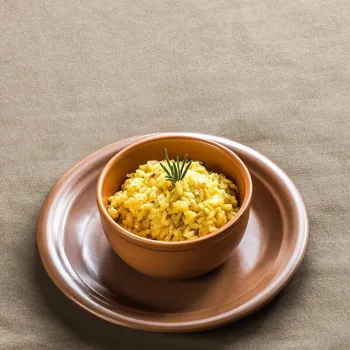
Grown primarily in Andhra Pradesh and Telangana, Sonamasuri is known for its lightness and digestibility. It’s not as fluffy as Basmati, but it still cooks up beautifully and is relatively non-sticky.
This makes it an excellent choice for South Indian dishes like rice with sambar, rasam, or curd rice. Also, its neutral flavour profile makes it a good base for simple steamed rice to be had with various curries. This is the most popular choice eaten in every South Indian household.
For lighter eating, Sonamasuri is probably the best bet.
Parboiled rice: Nutritious, firm, less sticky; great for bulk cooking and storage
Parboiled rice, sometimes called converted rice, undergoes a pre-cooking process before milling. The paddy (unmilled rice) is soaked, steamed, and then dried before the husk is removed.
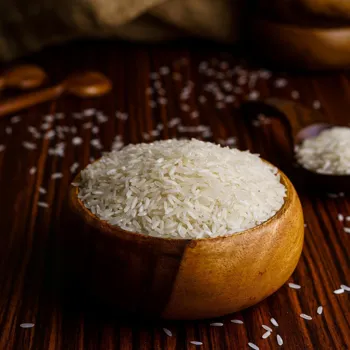
This process drives nutrients from the bran into the endosperm (the starchy part of the grain), making the rice more nutritious than white rice. Think of it like fortifying the rice with extra goodness. It also makes the rice less sticky and firmer.
Parboiled rice takes a little longer to cook than regular white rice, but the effort is worth it. It’s a good source of fiber and vitamins. It’s suitable for dishes where you need the rice grains to hold their shape well, particularly in bulk cooking in wedding gatherings.
Parboiled also has a longer shelf life! Look for it if you need to store rice for longer periods.
Brown rice is a whole grain, nutrient-rich option to white rice
Brown rice is essentially unmilled or partially milled rice. It retains the bran layer and germ, which are removed in the production of white rice. This makes brown rice a whole grain and a nutritional powerhouse. It’s packed with fiber, vitamins, and minerals.
The bran layer gives it a slightly nutty flavour and a chewier texture. Cooking brown rice takes longer than white rice, usually around 45 minutes to an hour. But with this you ensure that you intake the highest standard of carbs.
But you can shorten the cooking time by soaking it for a couple of hours before cooking. Brown rice is a healthier alternative to white rice and can be used in various dishes, from salads and stir-fries to grain bowls and even rice pudding.
Idli rice key for fluffy, airy idlis in South Indian cuisine
Idli rice is a specific type of parboiled rice used primarily for making idlis, those soft, fluffy steamed rice cakes that are a staple of South Indian cuisine. Idli rice is short-grained and stout, and it's specifically chosen for its ability to ferment well.
When ground and fermented with urad dal (black lentils), idli rice creates a batter that rises beautifully, resulting in those light and airy idlis we all love. In almost every South Indian restaurant you must have tried idli at least once.
The unique characteristic of udli is its fluffy, soft and airy texture which is obtained through fermentation. Idli rice has the right type of starch to make the perfect idli. It also gives a slightly chewy texture which is delicious.
Always add a bit of fenugreek while grinding the rice to aid the fermentation.
Forbidden black rice: rich in anthocyanins, fiber, with nutty flavor, versatile in cooking
Black rice, also known as forbidden rice, is a unique variety with a deep purple-black colour. This colour comes from its high anthocyanin content, which is a powerful antioxidant. This rice was once reserved only for the Emperors of China.
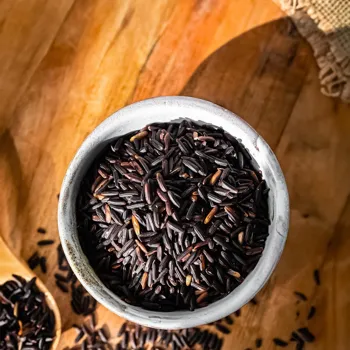
Black rice is also rich in fiber, iron, and other nutrients. It has a slightly nutty and earthy flavour. It also has a slightly chewy texture. Black rice takes longer to cook than white rice, but it’s worth the effort.
It can be used in both savoury and sweet dishes, from salads and stir-fries to desserts and puddings. It also makes for a visually stunning addition to any meal. Next time you want to add a pop of colour to your plate, consider adding black rice!
Diverse Indian rice varieties elevate meals, explore the options
Indian rice varieties are diverse, catering to almost every kind of palate and serving a different purpose. Selecting the right one can elevate a basic meal. So, next time you're at the grocery store, take a moment to explore the rice aisle.
You might just discover a new favourite grain and a whole new world of culinary possibilities. Happy cooking and happy eating.
AI Generated Content. Glance/InMobi shall have no liability for the content